Mapping: Plants Run the World; Numbers Just Help Navigate
Although I didn’t know much about Denver Botanic Gardens, I was immediately drawn to a horticulture internship opportunity there. I envisioned a summer of exploring, enrichment and education. That is exactly what the Gardens’ provided. Even with all the national issues that have ensued, Denver Botanic Gardens has proven that in times of adversity, the culture that has been built here stands strong. The staff at the Gardens have a united goal of enriching the community through the power of plants. Throughout the summer I found that even though our internship was rearranged, and experiences had been altered, I was able to explore the multitude of careers within public gardens.
I was fortunate enough to become part of the plant records family for the summer and worked on mapping the gardens of the new Freyer – Newman Center. I had entered the position with background experience in herbarium record keeping and insect collection sorting at the Davey Research Institute; nevertheless, I looked forward to gaining practical experience with Auto-CAD. As they say, be careful what you wish for, but I had expected nothing less than to be pushed to the limit on my skills. All in all, I had the tools I needed and a team of people willing to answer any questions along the way.
In the plant records world, we not only work daily on the computer, but also with the horticulture staff, which help us navigate the numerous gardens with their varying plant material. We begin by mapping all the material that is readily identified by tags or labels, as well as plant material that has determinant growth such as trees and shrubs. We build this foundation so that when we map unidentified plants, we can ensure accuracy when placing the other masses of plant material on the map. Furthermore, we often take note of any new phenology or history offered to us by the staff to ensure those details are being recorded for the living collections database, which the public can access through Garden’s Navigator.
I also worked with various staff members to learn about their positions and get hands-on training. These opportunities ranged from learning about water gardens to learning of the importance of future water conservation in the xeric gardens. Each new week I observed that it takes a village to keep the Gardens running and that everyone has niche skills that go hand-in-hand with building such a compact, diverse botanic garden. In addition, all of us as horticulture interns were consistently improving upon our plant identification skills through our weekly plant family classes that focused on those families that are the most dominant within Colorado and relevant within the horticulture industry. Lastly, we had video and discussion Fridays, which showcased horticultural films that broadened my perspective on the work being done within the industry.
Having had this experience, I feel that I can head into my next position with more knowledge of the processes behind the scenes of public gardens. Also, I take with me an appreciation for all that goes into maintaining a garden space and working with the community to create something that improves the city.
The job of a plant recorder is one that is quite diverse. I love being out in the field and getting my hands in the soil, but also having time to research and learn about plants and new emerging ideas. Additionally, I think it is fair to say that diversity is something that is deeply instilled within the industry; whether that be with the people you work with and meet, or the material and cultural practices you learn. It is something I have learned to love because it keeps us all on our toes and consistently evolving as horticulturists and humans.
I am thankful for my time here at the Gardens and their emphasis on educating the next generation of professionals.
This post was written by Kasandra Hernandez, an undergraduate at The Ohio State University studying sustainable plant systems with an emphasis in horticulture. Being at the Gardens has helped Kasandra navigate her future career and solidify her passion for public gardens, education and outreach.
Gallery
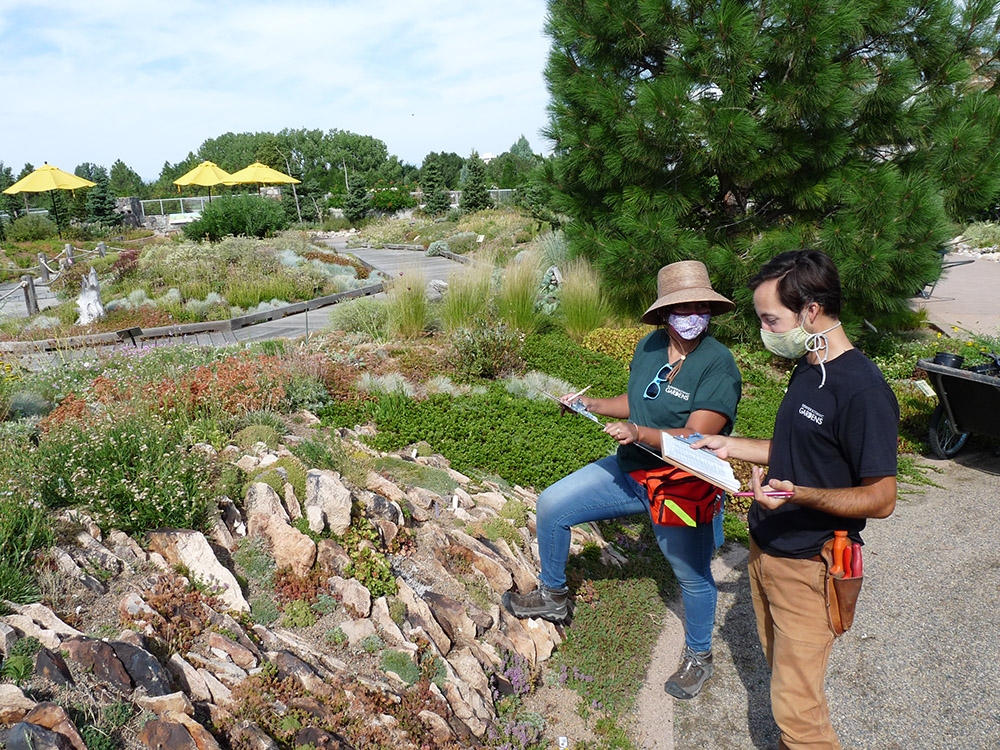
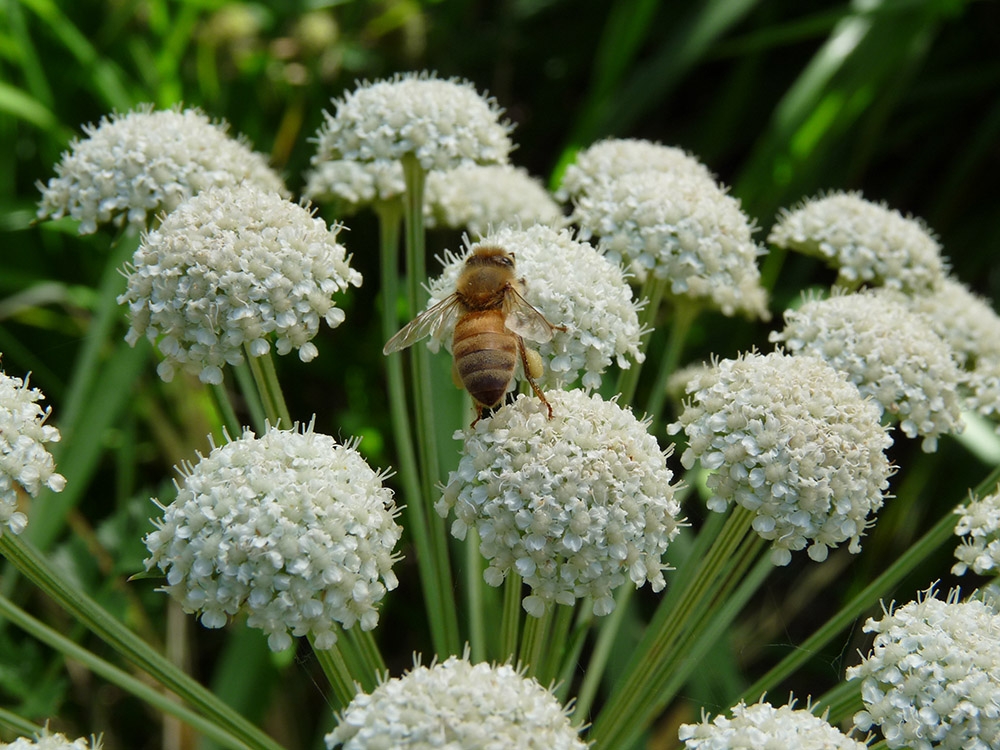
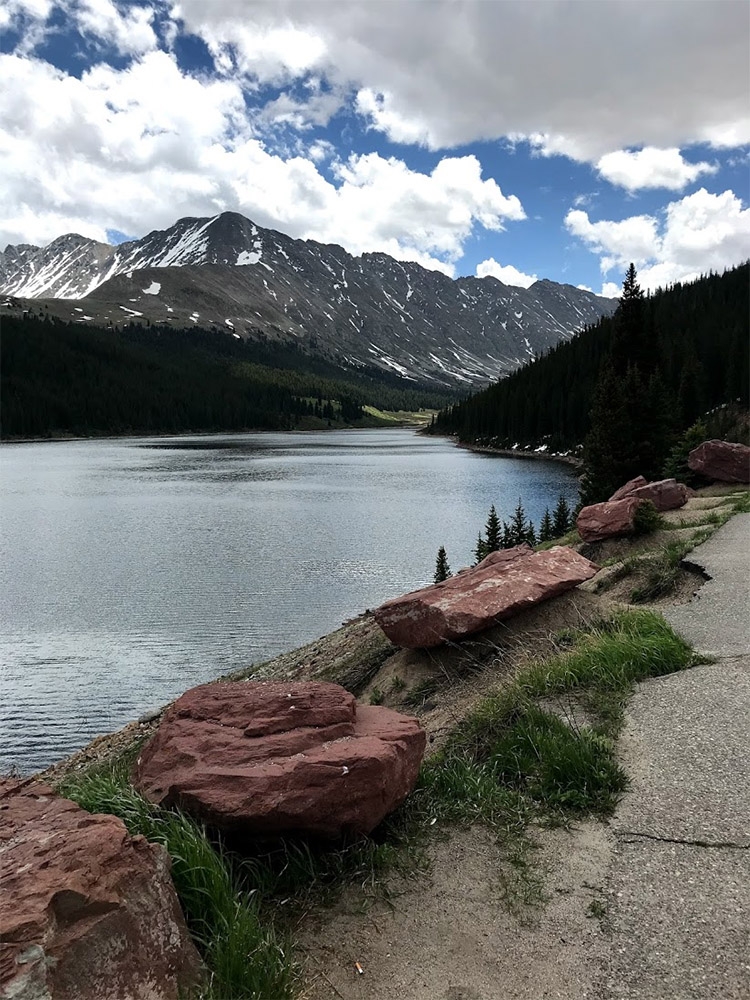
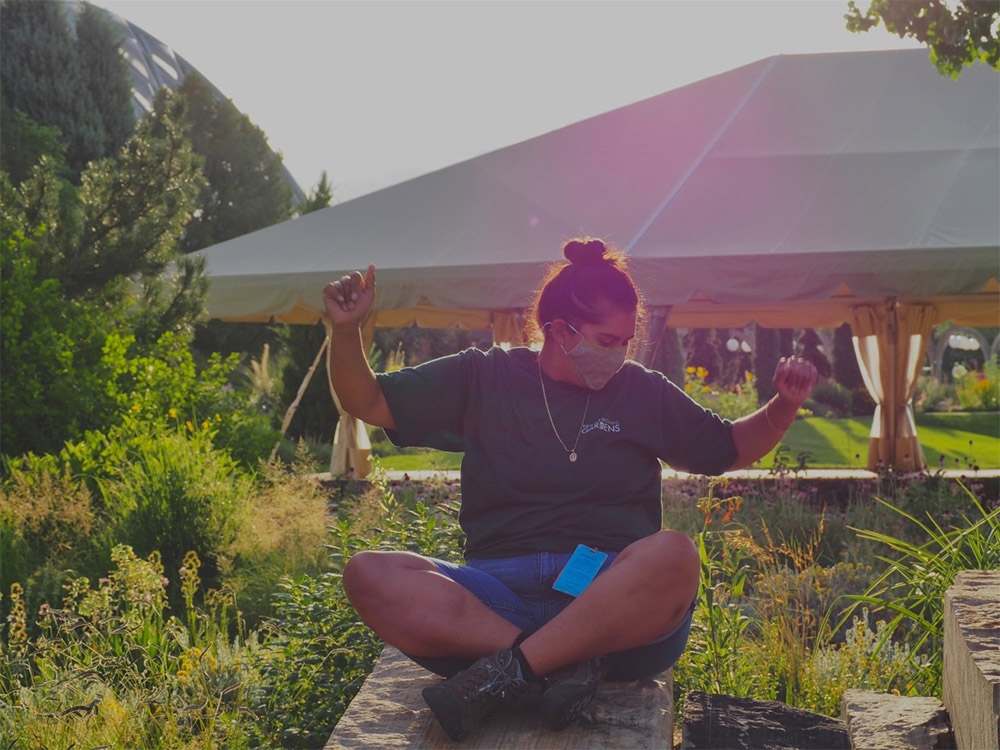
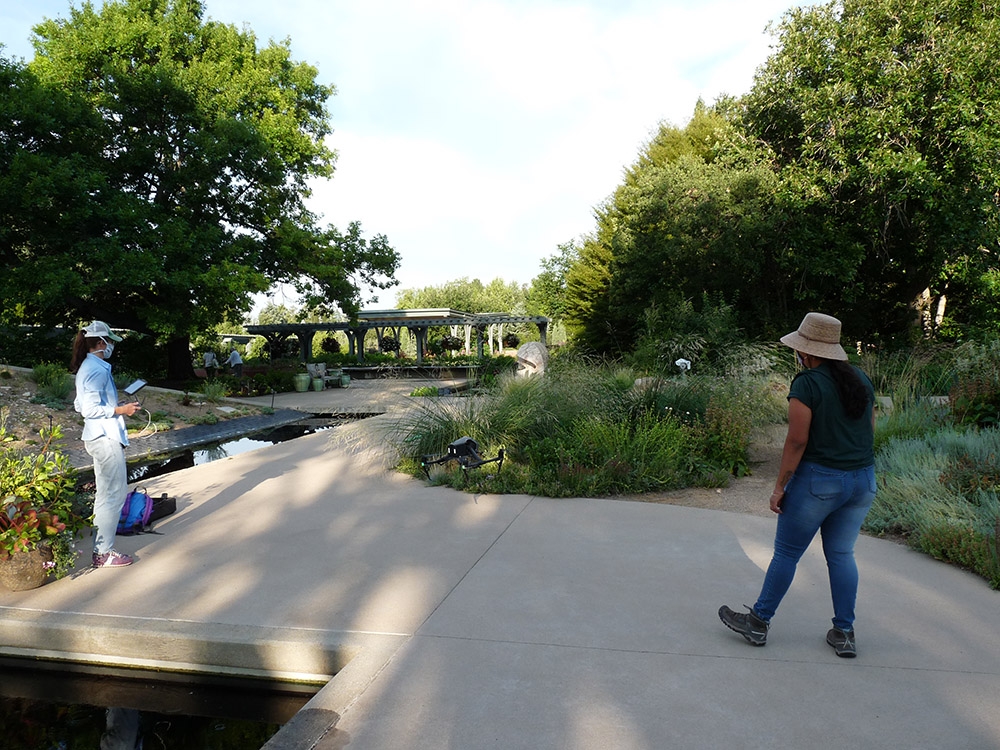
Add new comment